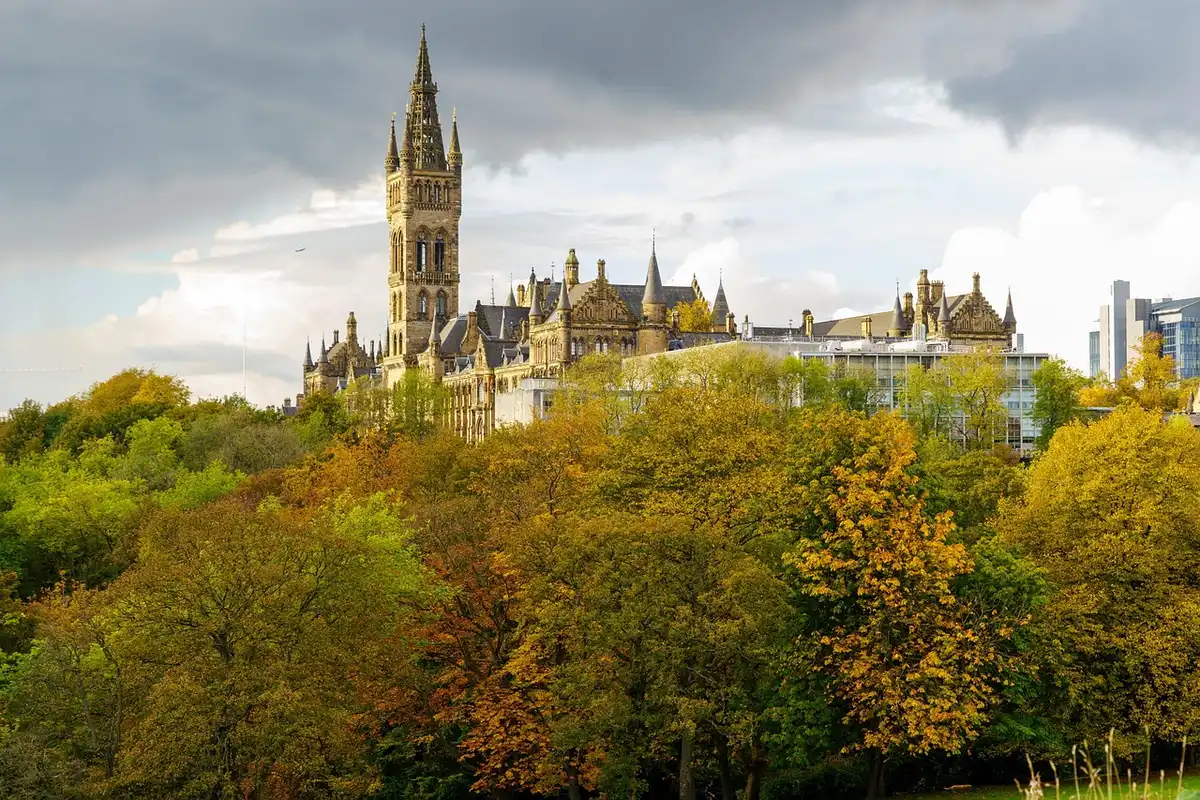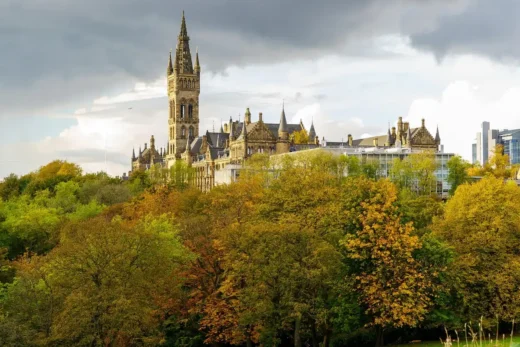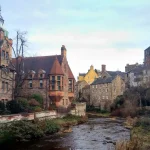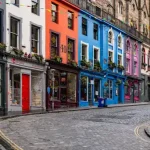Scottish architecture urban renewal, Scotland building design, Risk and reward
Risk and Reward: When Scottish Architecture Takes a Gamble on Bold Urban Renewal
28 June 2025
Scotland’s architectural legacy is admired worldwide — from medieval castles to Georgian crescents and Brutalist towers. But in recent years, it’s not just heritage that’s catching attention. Across cities like Edinburgh, Glasgow, and Dundee, architects and planners are taking creative risks to reimagine urban spaces — and the results are sparking conversation. Urban renewal in Scotland today is a gamble of vision, funding, and community impact.
So, when does a bold design decision pay off? And what happens when the stakes are high but the outcomes uncertain?
Betting on the Future: Scotland’s Regeneration Hotspots
Urban renewal is rarely straightforward. It’s part architecture, part politics, part social science — and very often, a leap of faith. In Edinburgh, projects like the regeneration of Fountainbridge and Granton Waterfront reflect this dynamic. Derelict industrial plots and forgotten harbour zones are being transformed into vibrant, mixed-use neighbourhoods focused on sustainability, connectivity, and placemaking.
What makes these projects “gambles” is the complexity involved. Communities may resist change, infrastructure challenges can delay delivery, and financial backing often hinges on long-term market confidence. Add heritage constraints into the mix — a frequent feature in historically rich Scottish cities — and the margin for error narrows.
But when they work, they transform lives. Take the V&A Dundee — a once-risky project that redefined the city’s waterfront and international profile. Or the Scottish National Gallery of Modern Art extension in Edinburgh, blending new expression with landscape sensitivity.
These successes show that bold architectural choices — when paired with thoughtful planning and community input — can reshape how a city lives, breathes, and evolves.
The Architecture of Entertainment: When Leisure Leads Design
One often overlooked element of urban renewal is the role of leisure architecture. As Scotland’s cities become more vibrant and diverse, spaces once considered single-purpose are being reimagined as lifestyle and entertainment hubs.
Former cinemas, casinos, and nightclubs are increasingly being repurposed — or replaced — with mixed-use complexes that cater to today’s experience economy. Architects are tasked with preserving cultural character while introducing modern materials, sustainable systems, and flexible functionality.
In some cases, buildings once associated with gambling are becoming symbols of urban reinvention. For instance, in Glasgow and Aberdeen, former betting shops and amusement arcades have been converted into co-working spaces, cafés, or community art venues — flipping their purpose while maintaining their footprint in the cityscape.
Interestingly, the metaphor of gambling is also relevant when discussing design risk. Much like a high-stakes game, architectural innovation involves risk versus reward — whether it’s a rooftop garden in an exposed climate, or a dramatic cantilever on a public library. Even in digital leisure, parallels emerge. Platforms offering bitcoin jackpot slots at Betpanda UK thrive on user experience, high-impact design, and the psychology of space — much like physical entertainment venues. Both challenge designers to balance stimulation with usability.
In Scottish architecture, leisure-led regeneration is a space to watch — both literally and figuratively.
Learning from Risk: When Urban Renewal Doesn’t Go to Plan
Not every architectural gamble pays off — and Scotland has its share of cautionary tales. Some urban renewal schemes from the 20th century are now viewed critically, either due to poor materials, inadequate infrastructure, or social displacement.
Projects like the Red Road flats in Glasgow or parts of Leith’s regeneration in the early 2000s serve as reminders that bold doesn’t always mean better. Today’s architects are more aware of these risks, integrating lessons from the past into sustainable frameworks.
Community consultation is now a core pillar of the renewal process. Instead of top-down transformation, the trend is shifting toward collaborative design — where local input, historical context, and cultural storytelling play as important a role as the masterplan itself.
Additionally, technology has raised the bar for accuracy and responsiveness. Virtual reality walkthroughs, BIM modelling, and environmental simulations allow stakeholders to “test” ideas before they’re built — reducing the need to rely purely on instinct or aesthetics.
In this way, today’s urban renewal efforts may still involve risk — but it’s increasingly calculated, considered, and community-aligned.
Conclusion
Scottish architecture has always embraced a spirit of resilience and reinvention. From castle battlements to carbon-neutral co-housing, every structure tells a story of a nation balancing tradition with transformation.
Urban renewal is a gamble — but one with the potential to generate immense value when managed wisely. By recognising the stakes, respecting heritage, and engaging communities, Scottish architects and planners can continue to make bold moves that don’t just reshape skylines — they reimagine lives.
In the end, the best architectural bets aren’t the ones that play it safe — but the ones that pay off in purpose, not just profit.
Comments on this guide to Risk and Reward: When Scottish Architecture Takes a Gamble on Bold Urban Renewalarticle are welcome.
Edinburgh Architecture
National Museum of Scotland
photo © Andrew Lee
National Museum of Scotland
Comments / photos for the Risk and Reward: When Scottish Architecture Takes a Gamble on Bold Urban Renewal page welcome.





